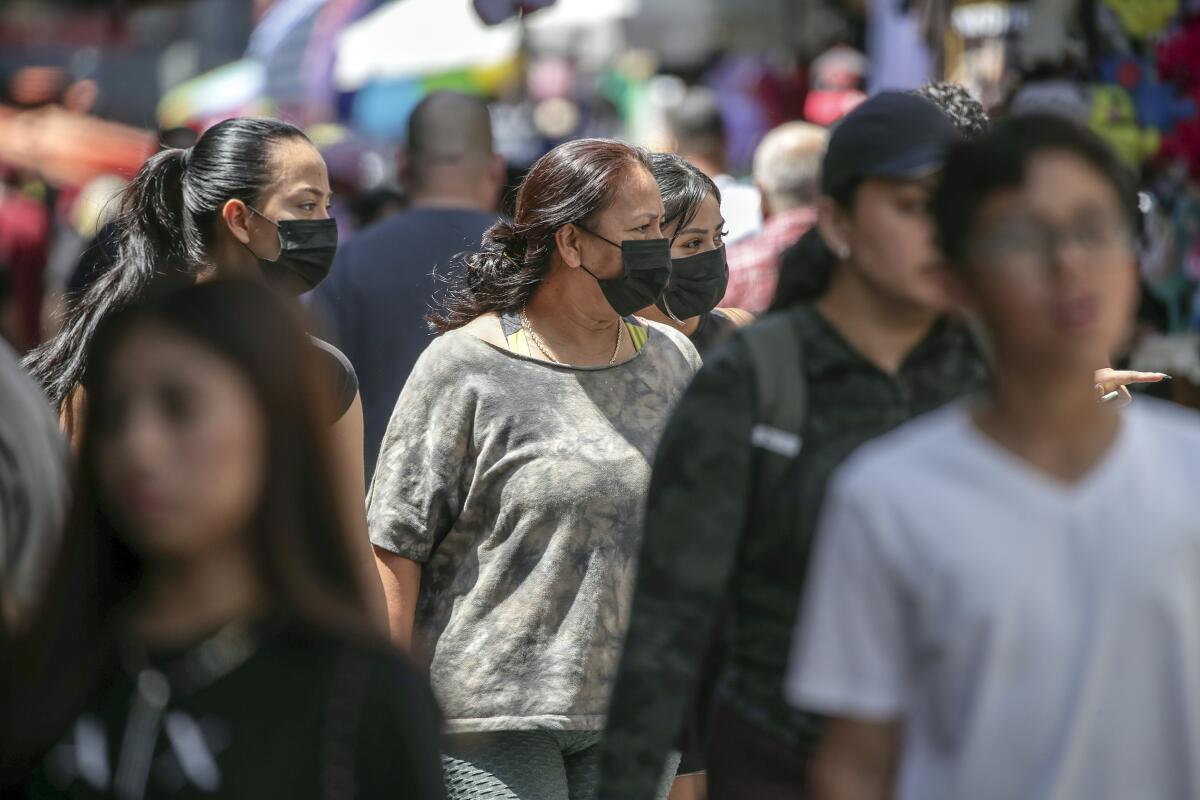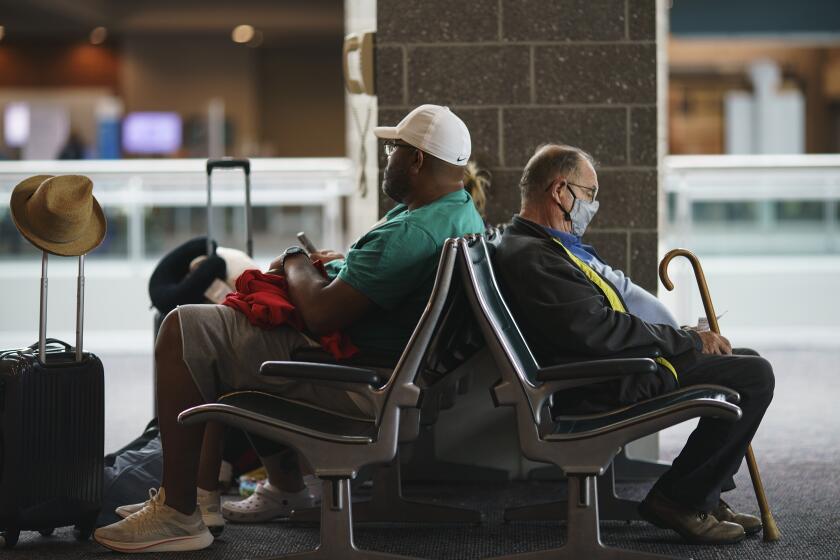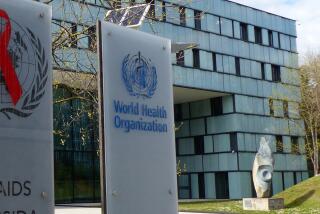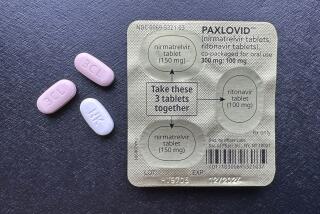Op-Ed: The CDC loosened its COVID rules. Who fills in this public health vacuum?

âWe have been waiting for three summers for some higher authority to tell us how to navigate Covid. There is none,â wrote the directors of an overnight camp one of our children attended. âThere is no local, state or federal authority mandating that we do anything in terms of Covid and our unique congregate-living environment. ...Weâve been left to our own devices.â
Halfway through this summer, COVID was spreading and the camp faced a choice. If it ramped up testing, many COVID-positive campers would be sent home to isolate even if they just had mild symptoms. On the other hand, if it didnât test, COVID would spread further. Some kids and staff might have more severe symptoms or end up with long COVID.
The camp doctors, with the support of camp directors, made the choice. The end result? A request to parents to sign a waiver and select this option: âPlease DO NOT test my Camper for Covid-19 if he/she/they present with mild cold symptoms.â In other words, let COVID spread.
Monday is Day 1 for L.A. Unified, the nationâs second-largest school system, as the school year begins across California.
This is just one example of a problematic trend, one even more concerning as parents prepare to send their children back to school. The Centers for Disease Control and Prevention relaxed its COVID guidelines last week, leaving decision-making mainly to individuals and local officials who lack public health training.
To try to fill the void, decision-makers are increasingly turning to healthcare providers â doctors and clinical nurses â for advice. A youth sports league appoints a âCOVID Medical Committeeâ consisting of doctors and nurses to recommend responses to COVID. A house of worship assures congregants that its âCOVID Medical Task Forceâ will help its leadership make decisions. Schools, nursing homes and park districts are asking healthcare providers for help setting COVID policy.
But this medicalization of COVID has predictable â and negative â consequences.
Although doctors and public health officials have historically worked together to foster community health, medicine and public health have been distinct disciplines since the late 19th and early 20th century. As the American Public Health Assn. explains, doctors and other clinical healthcare providers treat the individual patient: If you have asthma, they aim to send you home breathing better. Public health professionals and epidemiologists, on the other hand, look at why people are getting asthma in the first place and take actions to reduce cases in the community. Doing so requires training not generally part of medical education and may use levers outside the healthcare system, such as improving building ventilation.
The lack of a coordinated public health response deprioritizes community health and worsens longstanding health disparities. As many others have argued, the result has been at-risk communities â particularly Black, Latinx, Native American and low-income Americans regardless of race â bearing disproportionate harm amid guidelines that lean on individual responsibility, privileging those with the most resources and access.
You support fire departments even though you hope the house never burns down. Why not your local public health department?
Further, doctors donât necessarily want to be forced to do the jobs of public health professionals â especially not amid workforce shortages or after 71% of primary care providers reported last year that their burnout was at an all-time high.
To be sure, the CDC and other public health agencies have issued guidance. But they have been criticized for making sometimes tentative and confusing recommendations, leaving critical decisions to local communities and forcing individuals to turn to their healthcare providers.
Consider overnight camps trying to choose a testing policy. The CDC advises: âAt all COVID-19 Community Levels, overnight camps should use diagnostic testing for people with symptoms of COVID-19 or for people who have had close contact with someone who has COVID-19.â The guidance thus recommends testing. But it isnât a directive, nor does it specify how to design and use a testing program to decrease transmission.
Public health authority has been curtailed by court decisions, new state laws and public pressure to return to normal. But it isnât gone entirely.
In January, the Supreme Court upheld a Centers for Medicare and Medicaid Services rule that requires COVID vaccination for the staff of facilities participating in Medicare and Medicaid (allowing only medical and religious exemptions). Thirty-seven states have chosen to preserve the legal authority to issue emergency orders that last as long as their COVID states of emergency persist.
Public health officials do still have power, and an ethical responsibility, to act. The limits on their authority in most states and communities remain broad enough for them to enforce community health policies â such as test-to-stay rules for unvaccinated people in communal spaces â to limit the worst impacts of the pandemic.
Public health law vacuums are dangerous. Public health officials are better equipped than doctors to make policies that protect communities and the vulnerable among us. With school starting across the country, these officials should set clear rules that guard public health as a goal bigger than any one personâs individual risk. And communities should come together to support them.
Wendy Netter Epstein is a visiting professor at University of Arizona James E. Rogers College of Law and a professor and associate dean of research at DePaul University College of Law. @ProfWEpstein
Daniel Goldberg is an associate professor in the Center for Bioethics and Humanities at the University of Colorado Anschutz Medical Campus. @prof_goldberg
More to Read
A cure for the common opinion
Get thought-provoking perspectives with our weekly newsletter.
You may occasionally receive promotional content from the Los Angeles Times.












